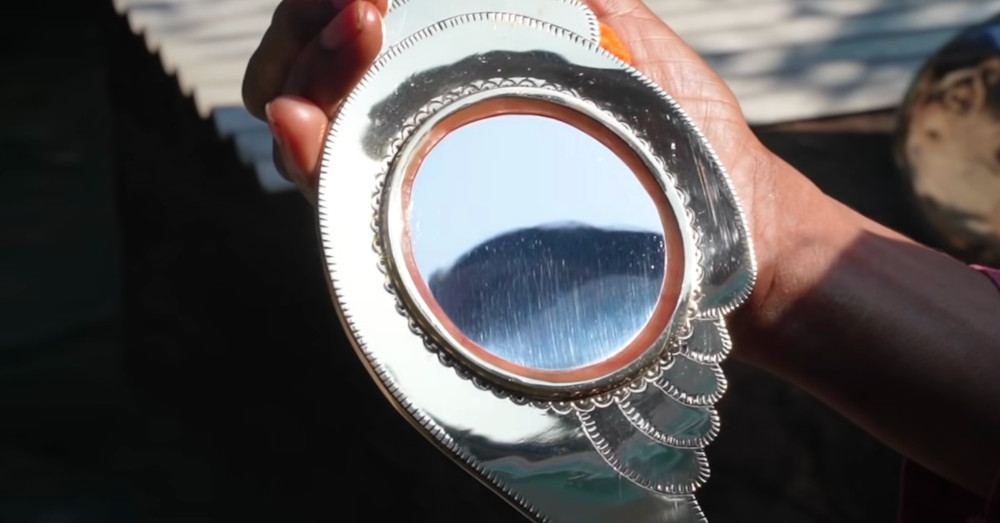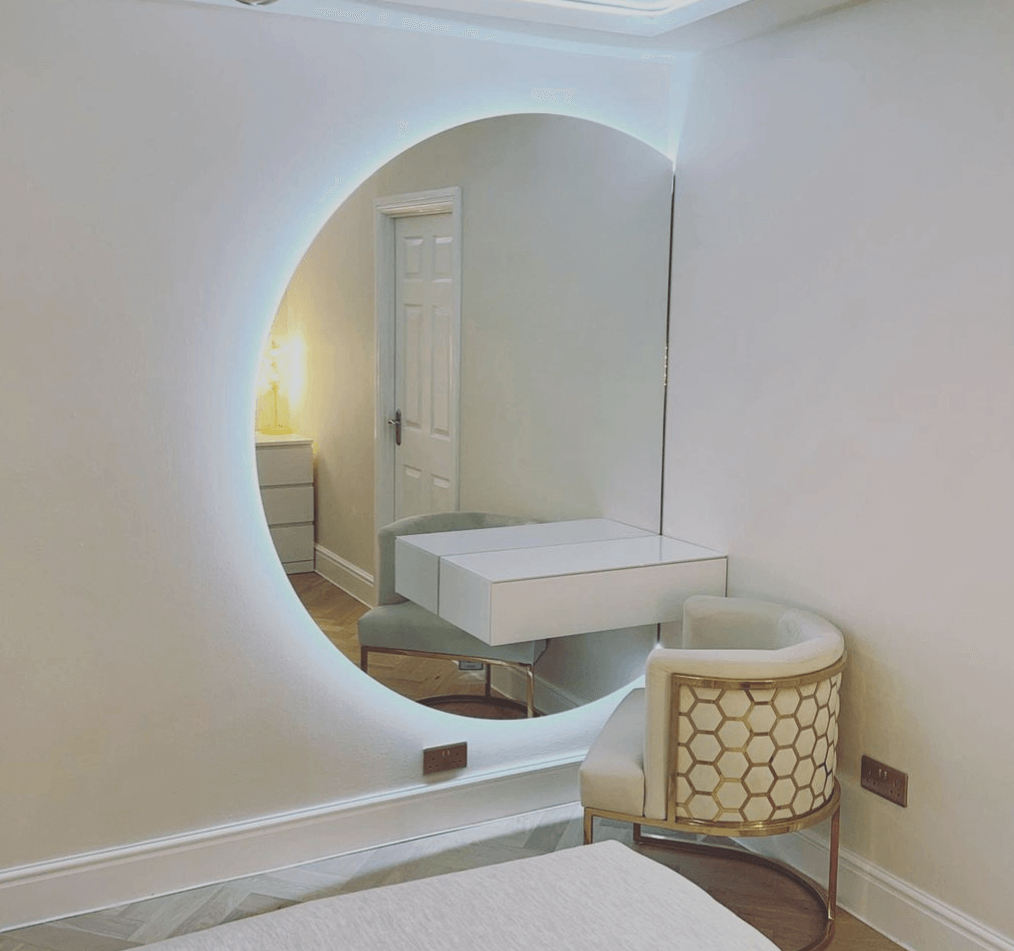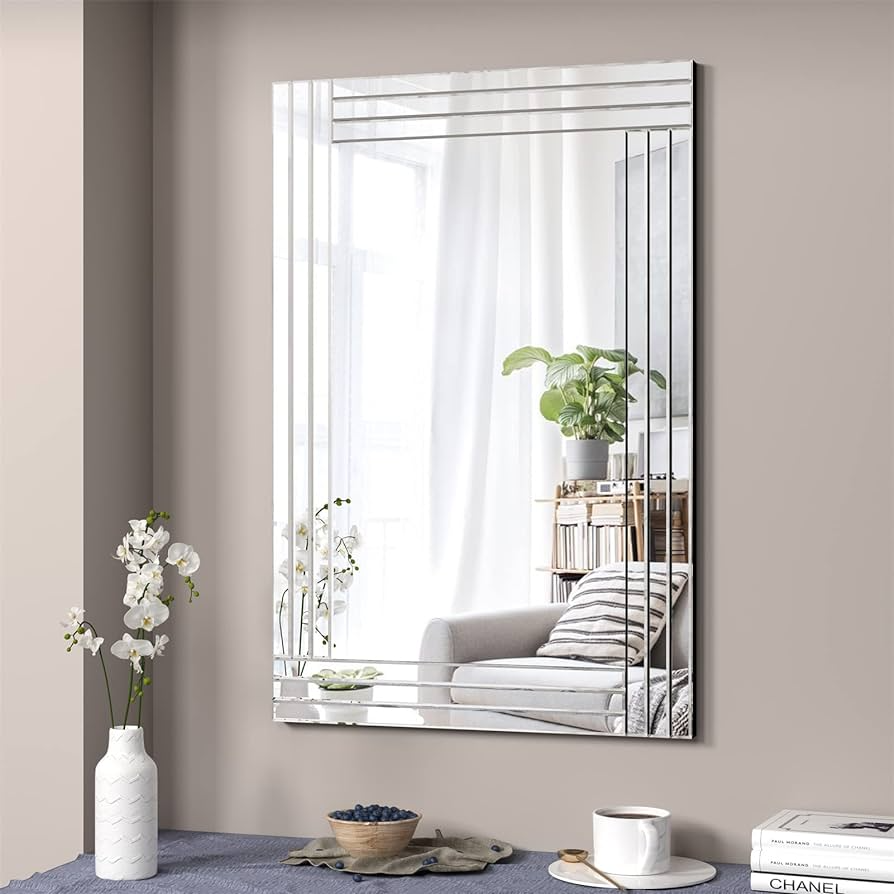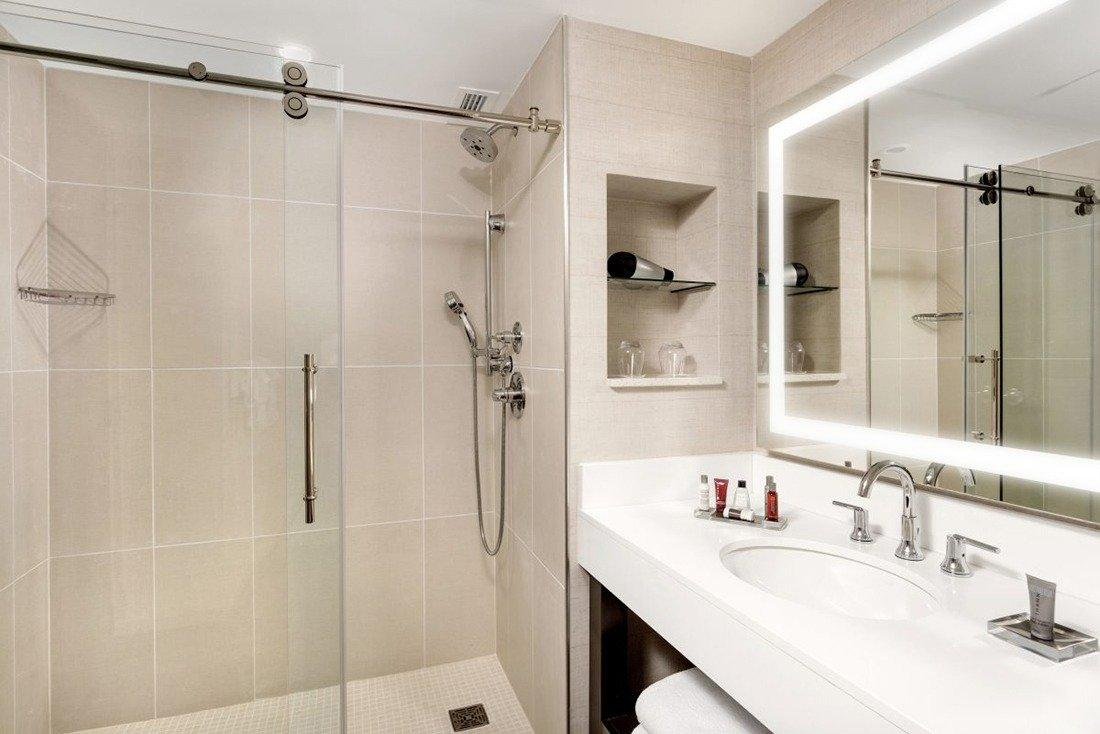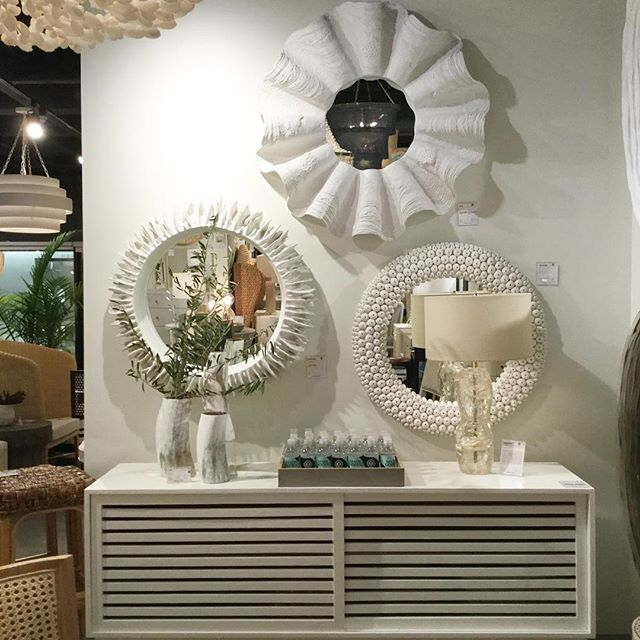Introduction to Mirror Technology
Mirrors, ubiquitous in our daily lives, are more than just reflective surfaces. They are a testament to human innovation and scientific discovery, with a history dating back thousands of years. The materials used to create mirrors have evolved over time, reflecting both technological advancements and aesthetic preferences. This article delves into the world of mirror-making, exploring the various materials that give mirrors their reflective properties and discussing how these materials have shaped the mirror industry.
Early Mirrors: Natural Reflective Surfaces
Polished Stones and Metals
- In ancient times, humans discovered that certain stones like obsidian or metals like copper could be polished to create crude reflective surfaces.
- These early mirrors were limited by their opacity and surface quality, yet they marked the beginning of humanity’s fascination with reflection.
Bronze and Silver Coatings
- As metallurgy advanced, people started using bronze and later silver as coatings on glass or ceramic substrates.
- While not as clear as modern mirrors, these metal-coated mirrors significantly improved reflectivity compared to natural stone.
The Advent of Glass Mirrors
Glass mirrors have played a transformative role in human history, revolutionizing how we perceive ourselves and the world around us. The advent of glass mirrors marked a significant milestone in the development of reflective surfaces, offering a clear and accurate portrayal of one’s own image. This article explores the history, evolution, and impact of glass mirrors on society and culture.
Ancient Origins
The origins of mirrors can be traced back to ancient civilizations such as the Egyptians, Greeks, and Romans. Initially crafted from polished metals like bronze and silver, these early mirrors provided a rudimentary reflection but lacked the clarity and precision of modern glass mirrors. The invention of glass mirrors revolutionized this technology, offering a more accurate and detailed reflection of the viewer.
Medieval Innovations
During the Middle Ages, advancements in glassmaking techniques led to the production of clearer and more refined glass mirrors. Craftsmen began creating mirror glass by coating the back surface with metallic substances like tin and mercury, enhancing the reflectivity and quality of the mirror. These innovations paved the way for the widespread use of glass mirrors in homes, palaces, and religious institutions.
Renaissance Elegance
The Renaissance period witnessed a flourishing of art, culture, and craftsmanship, influencing the design and aesthetics of glass mirrors. Elaborately framed and intricately decorated mirrors became symbols of wealth and sophistication, adorning the walls of noble residences and royal courts. The introduction of Venetian glassmaking techniques further elevated the elegance and beauty of glass mirrors during this era.
Industrial Revolution and Mass Production
The Industrial Revolution brought about significant advancements in glass manufacturing processes, leading to the mass production of affordable glass mirrors. With the invention of mechanized mirror-making techniques, mirrors became more accessible to the general population, transforming them from luxury items to household essentials. The democratization of mirrors contributed to their widespread adoption in everyday life.
Technological Advancements
In the modern era, technological innovations have further refined the quality and functionality of glass mirrors. The development of silvered glass mirrors, featuring a thin layer of silver or aluminum coating for reflection, has improved durability and longevity. Additionally, the integration of anti-reflective coatings and distortion-free glass has enhanced the optical clarity and usability of mirrors in various applications.
Cultural Significance
Glass mirrors have not only served practical purposes but also held symbolic and cultural significance throughout history. Reflecting notions of vanity, self-perception, and identity, mirrors have been integral to rituals, superstitions, and artistic expressions across different cultures. From ancient myths to contemporary art, the symbolism of mirrors continues to captivate and inspire creative endeavors.
Future Trends
As technology continues to advance, the future of glass mirrors holds exciting possibilities for innovation and sustainability. Emerging trends such as smart mirrors equipped with digital interfaces, augmented reality features, and eco-friendly materials are reshaping the concept of traditional mirrors. The evolution of glass mirrors in the digital age reflects a convergence of aesthetics, functionality, and connectivity in response to changing societal needs.
Modern Mirror Manufacturing Materials
Aluminum and Silver Coatings
- Modern mirrors typically use aluminum as the reflective layer due to its cost-effectiveness, durability, and high reflectivity across the visible spectrum.
- High-end mirrors may still employ a layer of silver, which provides superior reflectivity but is more expensive and less resistant to tarnish.
Glass Types and Thickness
- Float glass is the most common type used for mirrors today due to its uniformity and clarity.
- Different thicknesses are chosen based on the intended use – from lightweight bathroom mirrors to heavy-duty gym mirrors and precision optical mirrors.
Specialty and Advanced Mirror Materials
Dielectric Coatings
- For specialized applications like telescopes or lasers, dielectric coatings (made of alternating layers of transparent materials) can be applied to enhance reflection at specific wavelengths while minimizing absorption and scattering.
- These multilayered coatings allow for ultra-high reflectivity or customized spectral responses.
Smart Mirrors and Electronic Displays
Smart mirrors and electronic displays represent a cutting-edge fusion of technology and functionality, offering innovative solutions that go beyond traditional mirrors. This article delves into the realm of smart mirrors, exploring their features, applications, and impact on daily life.
Introduction to Smart Mirrors
Smart mirrors are interactive devices that combine reflective surfaces with digital displays, enabling users to access information, multimedia content, and personalized services while looking at their reflection. These high-tech mirrors integrate technologies such as cameras, sensors, and connectivity to create a seamless and immersive user experience.
Features and Functionality
Smart mirrors come equipped with a range of features that enhance their utility and appeal. These include touch-screen interfaces, voice command capabilities, gesture recognition, and integration with smart home systems. Users can customize settings, check the weather, read news updates, stream music, or even try virtual clothing fittings using augmented reality technology.
Applications in Home Environments
In residential settings, smart mirrors find diverse applications that blend convenience with aesthetics. They can serve as multifunctional displays in bathrooms, providing weather forecasts, traffic updates, and calendar reminders while users get ready for the day. Smart mirrors with built-in lighting controls and health monitoring functionalities offer added value for wellness and grooming routines.
Retail and Fashion Industry Integration
Smart mirrors have revolutionized the retail and fashion industries by offering interactive shopping experiences and personalized styling services. In-store smart mirrors allow customers to virtually try on clothing and accessories, view product information, and receive recommendations based on their preferences. These digital mirrors enhance the overall shopping experience and bridge the gap between online and offline retail channels.
Fitness and Wellness Applications
Smart mirrors have also made a significant impact in the fitness and wellness sectors, enabling users to access workout classes, training programs, and health metrics in real time. Fitness-oriented smart mirrors function as interactive exercise guides, displaying live workout sessions, tracking performance metrics, and providing feedback to help users achieve their fitness goals effectively.
Corporate and Commercial Settings
In corporate environments and commercial spaces, smart mirrors offer versatile solutions for communication, branding, and customer engagement. Interactive mirrors in hotels, restaurants, and event venues can display promotional content, wayfinding information, and interactive experiences to enhance guest experiences and facilitate interactions with brands.
Challenges and Future Developments
Despite their numerous benefits, smart mirrors face challenges related to privacy concerns, data security, and cost considerations. As the technology evolves, manufacturers are focusing on enhancing user privacy protections, implementing secure data encryption, and developing more affordable solutions to broaden market accessibility. Future developments may also include advancements in artificial intelligence, augmented reality, and personalized content delivery to further enrich the smart mirror experience.
Other Reflective Materials
- Some unconventional mirrors use materials like acrylic, plastic, or even liquid crystal films to achieve varying degrees of reflectivity.
- These alternatives can offer flexibility, lighter weight, or unique visual effects not possible with traditional glass mirrors.
Conclusion: A Reflective Journey Through Time and Material Sciences
The evolution of mirror materials reflects the progression of human knowledge and skill, from early experiments with polished stones to sophisticated, high-tech applications. Today’s mirrors are crafted from a combination of glass substrates, metallic coatings, and sometimes complex electronic components, each designed to optimize performance for different purposes. The journey through the science of mirrors serves as a reminder of how far we’ve come in harnessing nature’s properties to create tools that not only reflect our image but also reflect the ingenuity of humankind itself.
